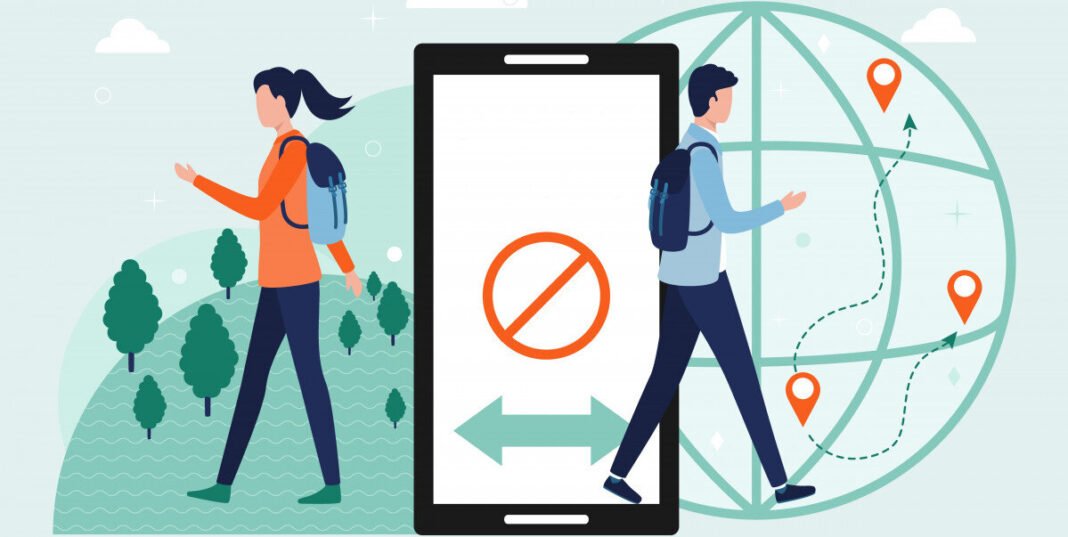In today’s fast-paced digital age, our lives have become increasingly intertwined with technology. While technology has undoubtedly brought about significant advancements and conveniences, excessive use and dependency on it can lead to a state of addiction.
Understanding Digital Addiction
Digital addiction, often referred to as technology addiction or screen addiction, is a compulsive reliance on digital devices and online activities. This addiction can manifest in various forms, such as excessive use of social media, video games, streaming platforms, or constantly checking emails and messages. Over time, this dependency can have detrimental effects on our mental health, sleep patterns, relationships, and overall productivity.
The Need for a Digital Detox
Embarking on a digital detox is essential to break free from the shackles of technology addiction. A detox allows us to step back, reassess our relationship with technology, and realign our priorities. It creates space for genuine human connections, enhances mental clarity, and helps rediscover the joy of offline activities.
Tips for a Successful Digital Detox
Set Clear Goals
Define the purpose and duration of your digital detox. Whether it’s a weekend without screens or a week-long retreat from technology, having clear goals will guide you throughout the process.
Create Boundaries
Establish specific boundaries for technology use. Allocate specific times of the day to check emails and engage with social media. Outside these times, ensure that you disconnect and engage in non-digital activities.
Engage in Offline Activities
Rediscover the pleasure of offline activities like reading a book, spending time in nature, painting, playing a musical instrument, or simply having a face-to-face conversation with a friend. These activities not only divert your mind from technology but also enrich your life.
Practice Mindfulness
Incorporate mindfulness techniques into your routine, such as meditation and deep breathing. Mindfulness helps you stay present, reducing the urge to escape into the digital world.
Exercise and Physical Activities
Engage in regular physical exercises or outdoor activities like jogging, hiking, or yoga. Physical exertion not only improves your overall health but also releases endorphins, enhancing your mood and reducing the desire for excessive screen time.
Socialize Offline
Prioritize spending time with loved ones in person. Plan gatherings, outings, or even simple dinners with family and friends. Genuine human interactions are vital for emotional well-being and provide a break from digital isolation.
Unplug Before Bedtime
Establish a digital curfew at least an hour before bedtime. The blue light emitted by screens can disrupt your sleep patterns, so dedicate this time to relaxing activities that prepare your mind for a restful night’s sleep.
Reflect and Reevaluate
Use this time to reflect on the impact of technology on your life. Consider how your habits have changed and what adjustments you’d like to make moving forward. Reevaluate your relationship with technology and set long-term strategies for healthier usage.
Conclusion
In a world driven by technology, taking a step back through a digital detox is vital for our mental and emotional well-being. By consciously reducing our screen time and reconnecting with the offline world, we can regain control over our lives and find a healthier balance.

